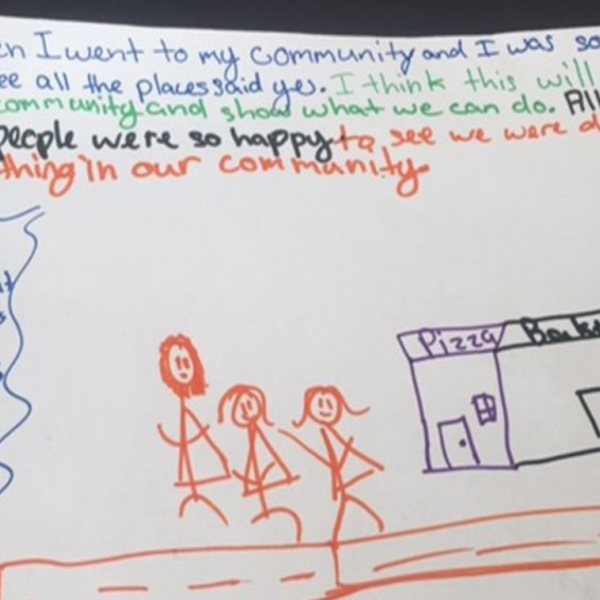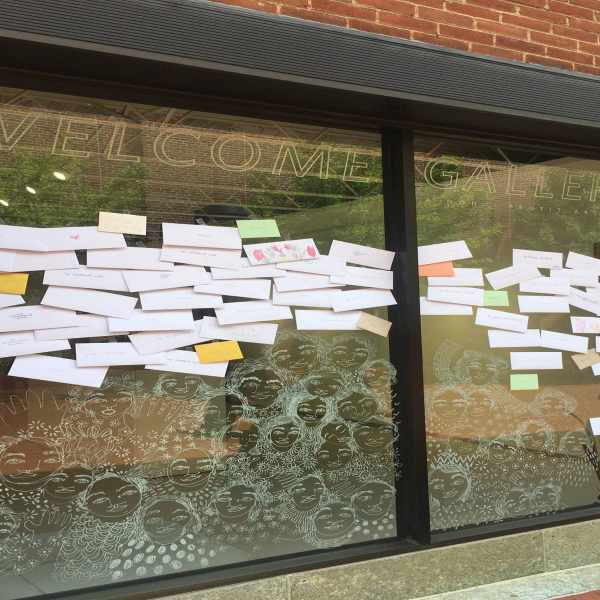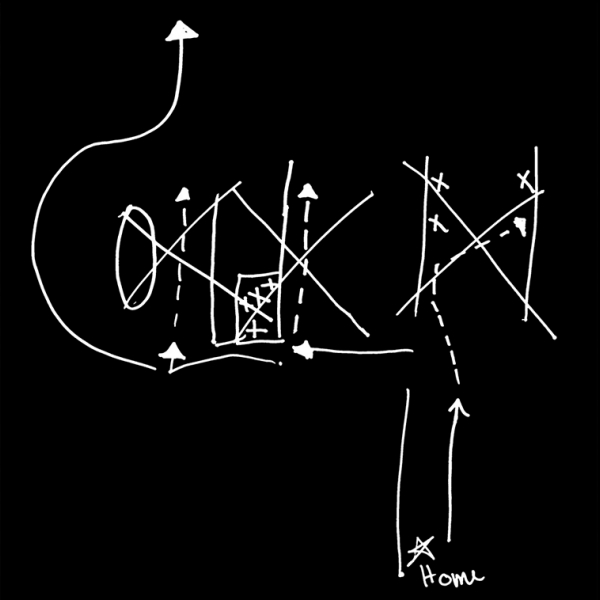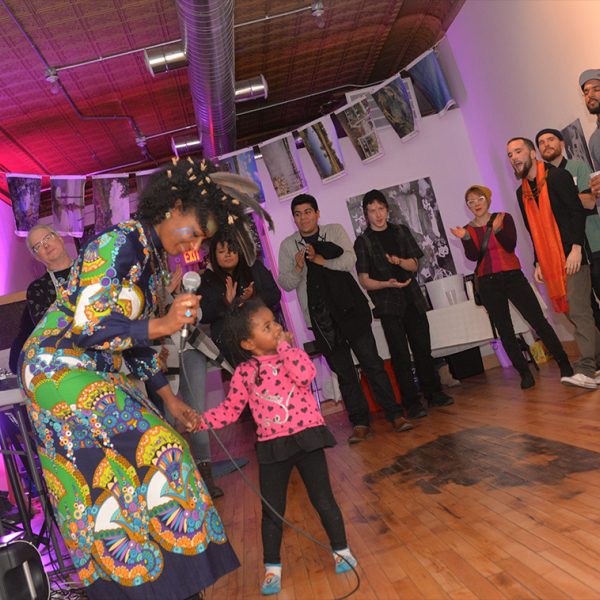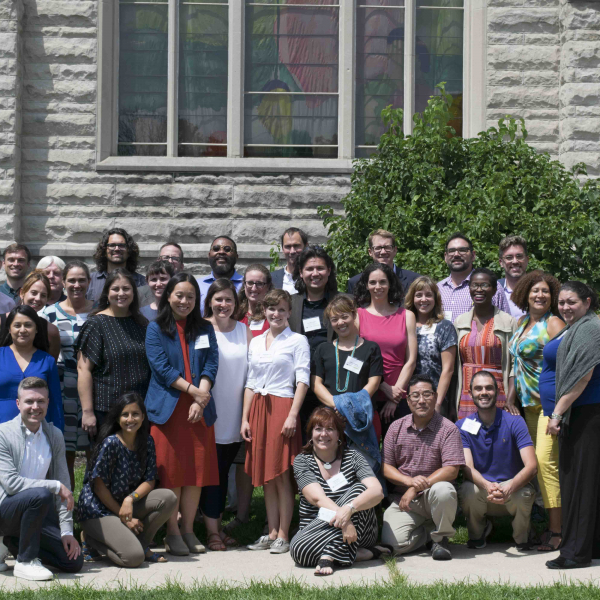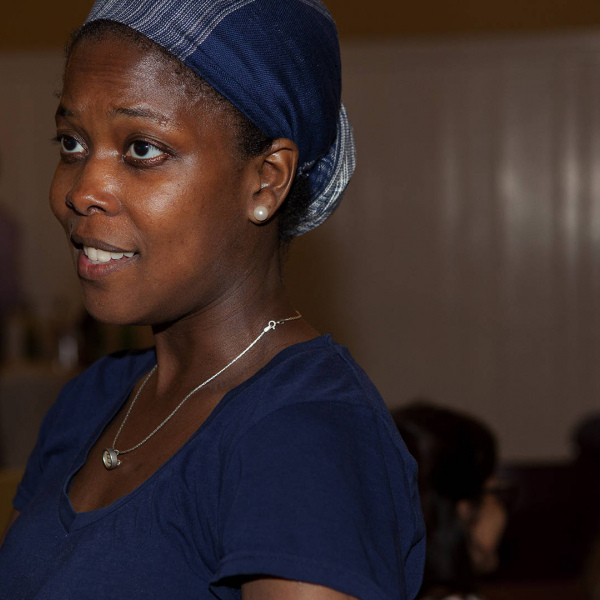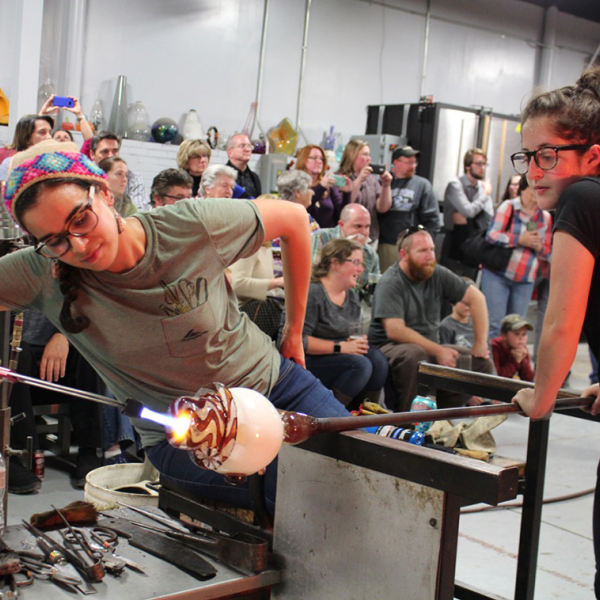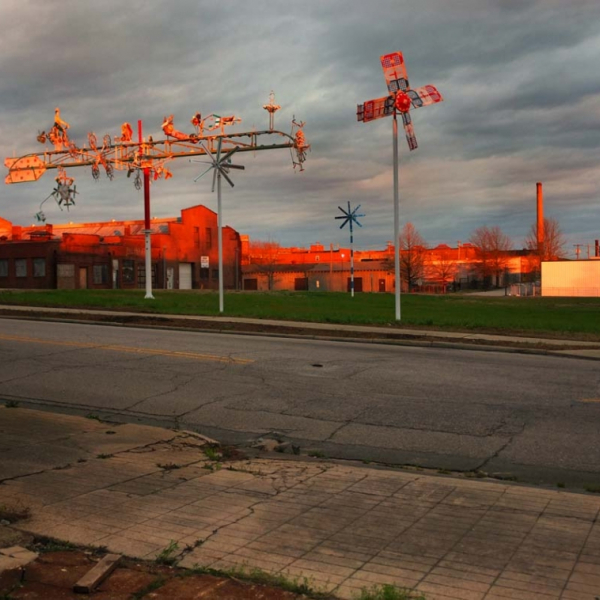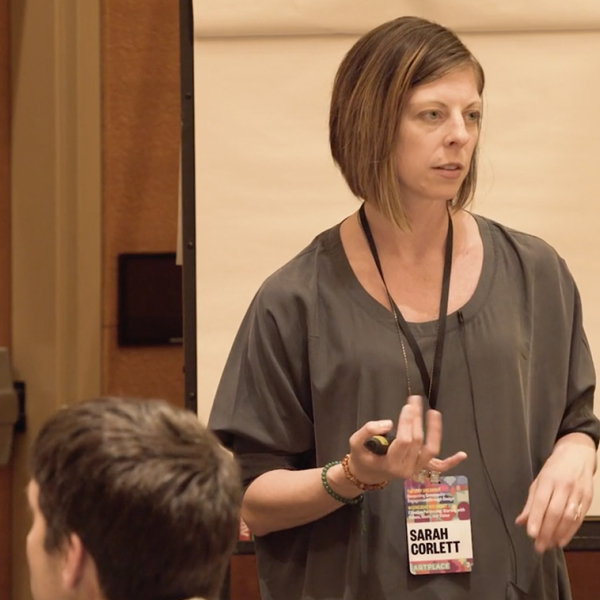There are two essential truths driving Young Audiences New York’s approach to community development forward: 1. When children and young people create art, they have the exceptional, extraordinary power to bring their families along with them. 2. More children and families together=More Community! With increased focus on these important, fundamental—and often overlooked--building blocks, Young Audiences New York’s new model for art making “in school, with family and out into neighborhood” puts children and young people at the center of increasing the social interactions which are at the very core of neighborhood well-being.
22.08.17
We at ArtPlace are saddened and angry about the tragic recent events in Charlottesville. It’s hard to know what to say or do in moments like these, but as always, we find hope, strength, purpose, and action by turning to the thousands of individuals and organizations we’re fortunate enough to call colleagues, partners, and friends who are leveraging the power of art to bring people together. One of the projects we are proud to work with is the Haven who are based in Charlottesville. Through Housing2Home, The Haven has partnered with New City Arts Initiative to connect formerly homeless clients with local artists and businesses to create a more positive home environment that reflects each client’s needs. You can read more about their work here .
16.08.17
Based in NY’s Lower East Side, where dramatic change is both a permanent and accelerating condition, the members of the Perfect City working group are developing a new kind of dialogue about belonging and displacement. Aaron Landsman, the founder said ‘The Perfect City working group, comprised of seven to ten members at any given time, many from the neighborhood, most under the age of 21 - are not the kind of experts whose testimony is usually called on in these situations...
13.08.17
ArtPlace Funded project Thunder Valley Community Development Corporation deploy Lakota culture by design and architecture to address the negative health effects of unemployment and poverty on the Pine Ridge Reservation in Porcupine, SD through the creation of a community house. This cultural center provides spaces for youth to connect socially, culturally, and artistically to promote overall community well-being and programmatically support their housing developments.
08.08.17
What critical roles might artists and other culture bearers play in efforts to imagine and create equitable and resilient futures for water and other life-sustaining systems? This is a question my collaborators and I have been asking in different ways and places since launching the Water Bar project in 2014. While facilitating temporary Water Bar pop-ups at art and community venues across the country, we’ve slowly evolved Water Bar & Public Studio into an art and social space with an ecological focus, incubating cross-sector public projects in our Northeast Minneapolis neighborhood, and with partners cross Minnesota.
03.08.17
Last month, a group of twenty four transportation officials, engineers, planners, artists, policymakers, and advocates from around the country gathered together in Indianapolis to sweat and scheme about how to use arts and culture to build support for equitable transportation infrastructure. Transportation for America (T4A, a program of Smart Growth America) and ArtPlace America co-hosted this working group, which was graciously hosted by Big Car Collaborative and the Harrison Center for the Arts , two of many incredible organizations working at the intersection of arts, culture, and community development in Indy.
01.08.17
It is with a heavy heart that we share the news that our friend and colleague Ebony McKinney passed away Saturday. Many of you knew Ebony as a tireless advocate for the arts, or from her ArtPlace interview series where she took a deep look at work done by our funded projects, or perhaps you had the pleasure of speaking to Ebony at our Summit earlier this year, either way if you’d like to honor Ebony, The San Francisco Art Commission, suggests donations should be made to the Red Poppy Art House or Against the Stream Buddhist Meditation Society. Thank you for everything, Ebony.
26.07.17
The small rural town of Star, located in the center of North Carolina, was once a thriving mill town. The Russell Hosiery Factory, which opened around 1900, employed 1,000 people in a community of 800 residents. Although North Carolina’s urban areas have experienced exhilarating growth in industries such as information technology and finance, rural communities that were once reliant on furniture, tobacco and textiles have experienced an economic downturn.
25.07.17
Have you ever considered partnership with traditional workforce development entities to further a culture of art in your community? Could your organization's artistic endeavors help address other systemic community challenges? Through some deep organizational introspection and a little out of the box thinking, Vollis Simpson Whirligig Park was able to create a workforce training program to address community concerns and challenges, as well as some of our own critical needs.
18.07.17
Albert Einstein once said, “If I had an hour to solve a problem, I’d spend 55 minutes thinking about it and 5 minutes solving it.” Those of us working in the creative placemaking field are familiar with this philosophy–the idea that the challenge of understanding a problem should take precedence over the action of executing a solution. But where–and how–do we begin? When a problem feels too big or too out of reach, what tools do we have at our disposal to help us break things down and examine the problem from all possible angles? Design thinking might be the answer.






